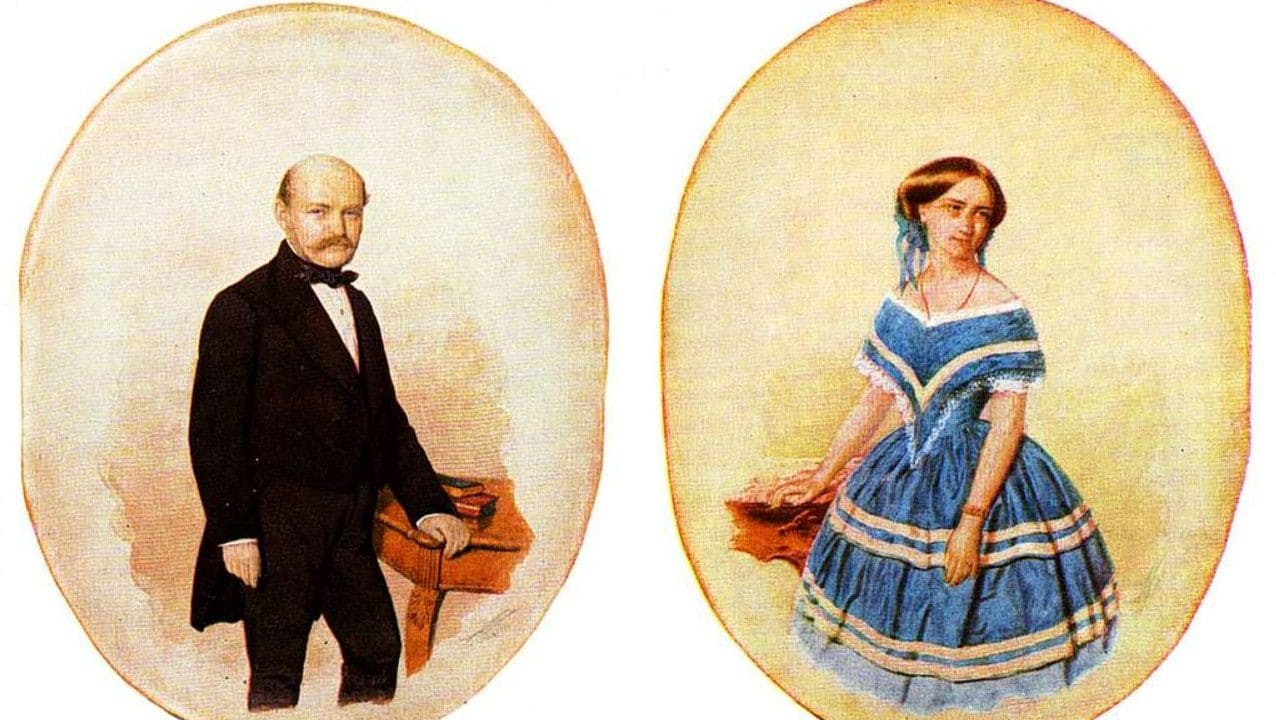Today, 1 July, Hungary celebrates Semmelweis Day, the day Ignác (Ignaz) Semmelweis was born in 1818. The famed Hungarian physician is honoured by people everywhere for implementing revolutionary sanitation standards in the Vienna General Hospital’s First Obstetrical Clinic in the mid-19th century.
Germ theory, although first proposed in the late 17th century, was not accepted in the medical community during Semmelwies’ time. In fact, as late as 1881, physicians treating US President James Garfield did not believe in microorganisms causing infection; thus they felt free to poke around in his gunshot wound with unsanitised hands and tools, leading to the President’s death. Most medical researchers and historians believe that had his doctors followed Semmelweis’ standards, the 20th POTUS would have survived being shot in the back.
This is just to demonstrate that Semmelweis really did go against the grain when, in 1847, he asked all his staff at the Vienna Clinic to wash their hands with chlorinated lime solutions before assisting in childbirth or attending to patients. At the time, doctors’ wards had three times the mortality of midwives’ wards. Semmelweis suspected that there is a connection between cadaveric contamination and the disease that took so many mothers’ lives, puerperal fever. This led him to believe that medical students, who often handled corpses for their studies, are likely carrying ‘cadaveric particles’ on their hands, which is why he ended up putting hand sanitation standards in place.
The Hungarian doctor’s new measures proved to be incredibly successful. Before their implementation, the maternal mortality rate at Semmelwies’ clinic was around 18 per cent. He managed to get it down to two per cent with the new mandatory hand washing.
However, sadly, the medical community at the time did not accept Semmelweis’ ideas, despite his seemingly convincing results. One of the prominent contemporary theories for the causes of illnesses was the imbalance of the ‘four humours’ of the human body, known as dyscrasia, which led to doctors intentionally bleeding patients at times, an often detrimental practice known as ‘bloodletting’. The other common theory of the time was that bad air causes diseases, this one was known as ‘miasma theory’. Also, some of the doctors found the idea that they would be spreading diseases offensive. The unjust rejection of Semmelweis’ ideas led to tragic consequences for him—more on that later.
Thankfully, today he is celebrated worldwide for his achievements. 1 July is Semmelweis Day in Hungary, where non-essential medical workers even get an extra day off. Meanwhile, Ignác Semmelweis is hailed as ‘the Saviour of Mothers’ around the world. Hungary’s number one university of medicine in Budapest is names after him, and several statues in the Hungarian capital, the countryside and in many foreign countries commemorating the great Hungarian doctor.
In 2018, the Semmelweis Memorial Year, the New York State Department of Health unveiled a bust of Ignác Semmelweis in a lobby in the Empire State Plaza, in front of the entrance to the Biggs Laboratory.
He was even given a mention in the 1995 blockbuster hit film 12 Monkeys, starring Bruce Willis and Brad Pitt.
The Life of Ignác Semmelweis
Semmelweis was born on 1 July 1818 in Buda, Hungary in the Habsburg Empire, to a wealthy family of ethnic German grocers. He originally started to study law at the University of Vienna, but switched to medicine for unknown reasons, eventually graduating in 1844, at age 26.
He was appointed to be the assistant to Professor Johann Klein at the First Obstetrical Clinic of the Vienna General Hospital on his 28th birthday, 1 July 1846. The gratis institution operated under a peculiar set-up, in which the staff would assist underprivileged women, including many prostitutes, with their childbirths free of charge, and they would train some of these women to be midwives in return. This was an effort by the state to combat the problems of abandoned children born out of wedlock as well as infanticide.
The Second Obstetrical Clinic in Vienna, where it was midwives who assisted with childbirths, had a much lower mortality rate than Semmelweis’ institution, so much so that some women would rather give birth on the street than go to the latter out of fear. This prompted the ingenious Hungarian doctor to connect the dots and introduced the simple but effective practice of hand-washing for physicians before assisting the women in labour.
He published his findings, including the radically reduced childbed deaths, in a book titled Etiology, Concept and Prophylaxis of Childbed Fever in 1861. Sadly,
the rejection of his discoveries by contemporary doctors ultimately resulted in him being hospitalised in a mental ward,
where he died on 13 August 1865, after being brutally beaten by guards. He never lived to see his ideas being validated and fully embraced by doctors everywhere.
Related articles:







